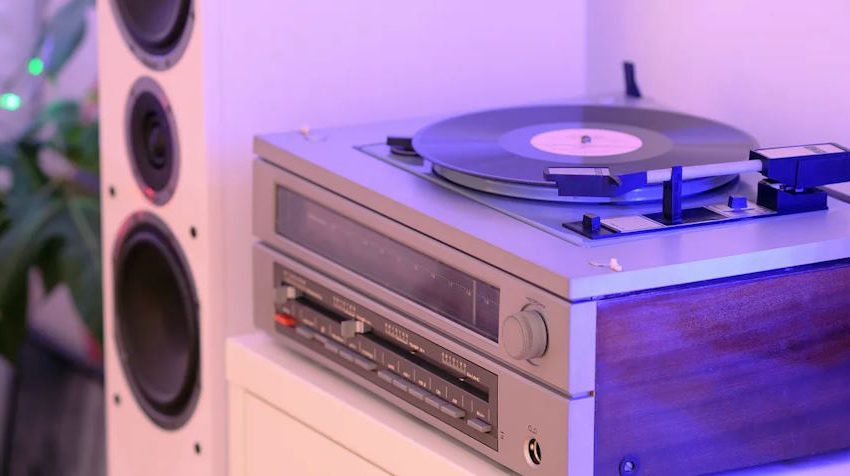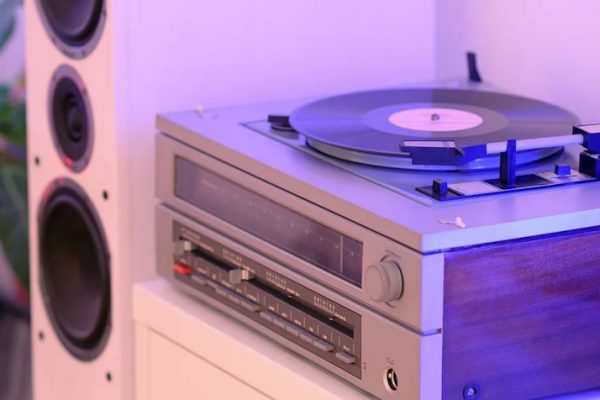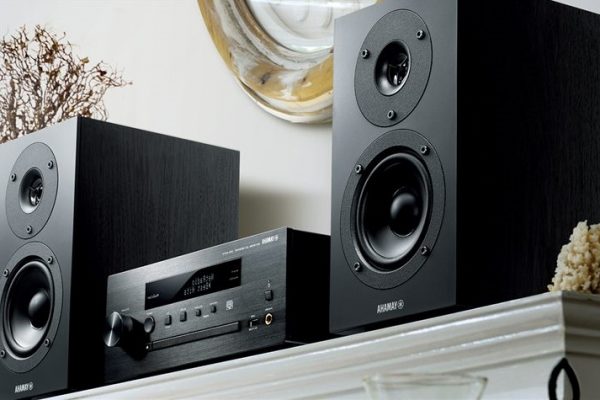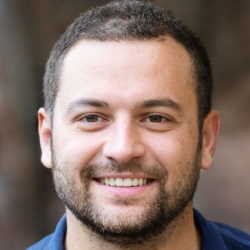What Does THD In Stereo Mean?
THD is a technical parameter widely used by consumers as a quality criterion, that is, it is believed that best integrated amps have a lower THD and the same situation with the speakers. Which is not entirely true. So let’s find out what THD really is.
What is THD
Harmonic distortion (or THD): this is one of the most famous distortions. A harmonic is a multiple frequency of another. So if we take a frequency of 1000 Hz, its first harmonic is 2 kHz (1000 Hz x 2), its second, 3 kHz (1000 Hz x 3), etc. It is common for a device to generate a greater or lesser amount of harmonics when it is subjected to any frequency to reproduce. This should of course be avoided as much as possible, especially since it is extremely easy to hear.
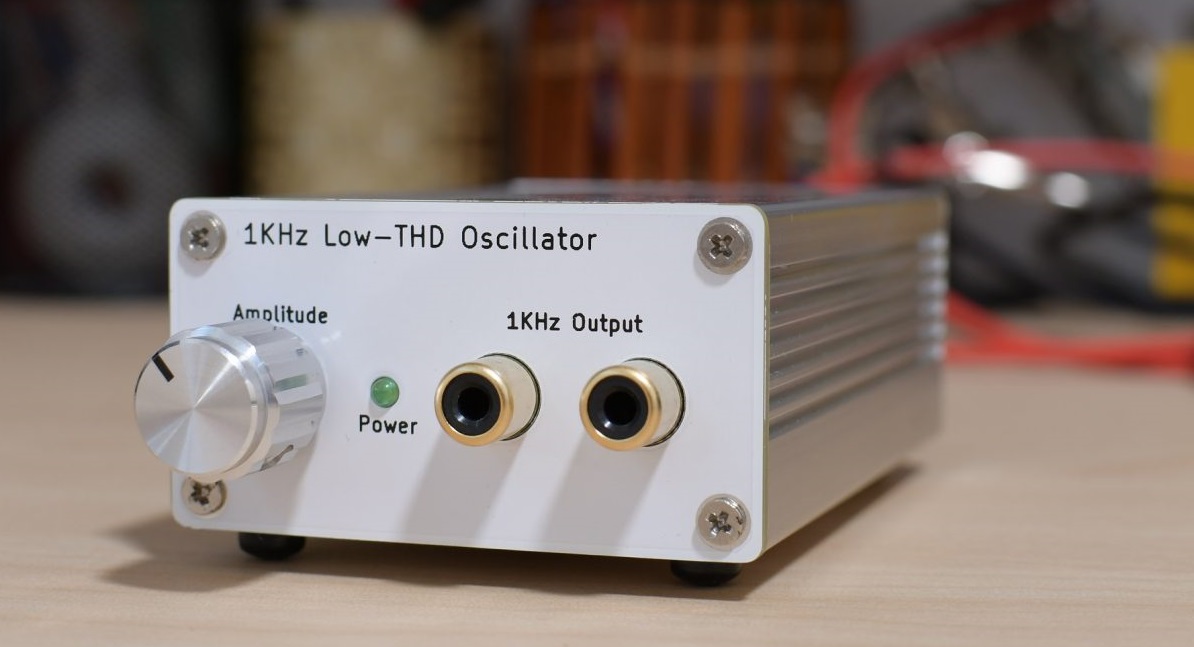
From 300Hz, 0.5% of distortion can be heard, 1% and more is however something common on mainstream speakers on the market and this is not HiFi. It is only from 3% that the distortion rate becomes unpleasant.
The distortion soars in proportion to the increase in sound level and when a consumer speaker is above 50% of its maximum level, 10% of measured distortion is common.
Intermodulation distortion
Distortion inevitably leads to intermodulation distortion. Distortion is the basic mechanism of intermodulation distortion. And the latter causes confusion in the signal, because it generates other signals that have nothing to do with the original signals. The signal becomes muddled, loses its luster, finesse, and clarity.

Intuitively one can explain intermodulation distortion in this way. Suppose a speaker receives a frequency at 100 hertz and another at 1000 hertz. When the membrane moves back and forth, following the rhythm of 100 hertz, there is a moment when the membrane is at its maximum elongation. During this time the back and forth shifts of the 1000 hertz also occur.
During maximum elongation, the membrane is compressed by its suspension, so the displacements of 1000 hertz are less great. It is therefore understood that the displacements of 1000 hertz will be modulated by the displacements of 100 hertz. This constitutes intermodulation distortion. The 1000 hertz signal will vibrate, will modulate its amplitude at a speed of 100 hertz.


